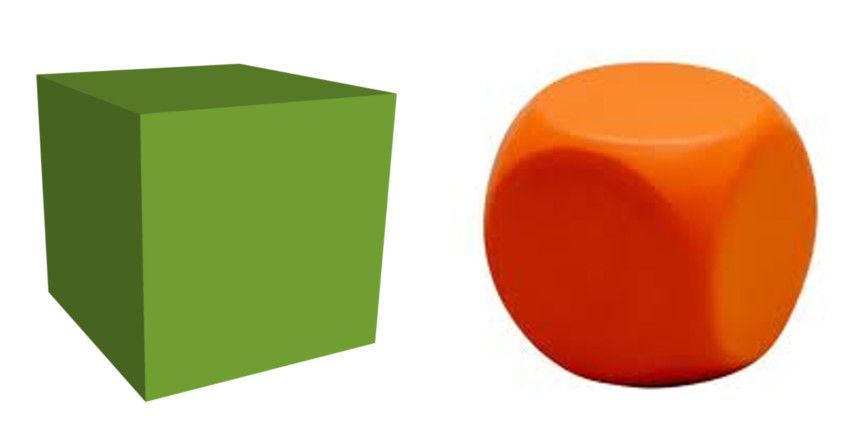For other people as well. Volumetric target detection is somewhat an esoteric field.
Please...It was exposed that the -22 was EM enhanced as proved by the gun camera.

The reason why no one copied the -117's method of RCS control was because the angled faceting techniques limited certain aerodynamic exploitation. Not because that technique was not effective. The -117 was agile and maneuverable more than expected, but not good enough to make it a genuine fighter-to-fighter combatant.
That forced Lockheed and pretty much everyone else to look for computational power to use curvatures to preserve agility and maneuverability as well as getting low radar observability. If Lockheed had an average gamer PC back then, not a high end gaming PC, but just an average one will do, the -117 would be quite different.
But then this begs the question of why not the Russians and the Chinese copied the -22's layout? They have supercomputers and EM test chambers. May be even as powerful as ours? Do they not have programmers as talented as ours? Perhaps not.
The answer is that an aircraft is more than just a single character trait. The -22 is shaped that way to meet the demands of
BOTH aerodynamics and low radar observability and would not be possible unless Propulsion allows it. Fly-by-wire flight control systems (FBW-FLCS) demands highly sophisticated flight control laws which demands high quality avionics to execute those laws without noticeable lag that could kill the pilot in either peace time or in combat. The Russians are also seems to be very impressed with certain design philosophy proven by older fighters as the PAK have visual similarities with those older fighters. The Chinese did the same by adopting foreign sources for the J-20. The issue here is that in using older designs as basis for their 'stealth' fighters, they did risk imputing known radar signatures onto their 'stealth' fighters, no matter how much lower the new RCS values may be.
Regarding radar signatures, today's A-10 have more in common with WW II stumpy fighters than with the sleeker F-16 or F-18. But no matter how much absorbers we install on the A-10, which would help reducing overall RCS, major structures like straight wings and tail would still be recognizable. We could eliminate the cockpit and the A-10 would still be recognizable. We could install 'stealthy' pods to contain bombs and enclose the nose cannon and those straight wings and tail would still make the A-10 recognizable.
The right cube will have a lower overall RCS thanks to the rounded corners, but if we rotate both cubes, even if out of sync, today's radars, including 4th gen fighters, will tag the right cube as a cube based upon known structural signatures like the six flat sides that will fully reflect periodically as the cubes rotates.
Structural signatures that are preserved from one version to the next will be recognizable throughout the evolution of the species.
We will recognize the PAK because we have an EM record of its parentage when we bought a bunch of older Soviet fighters. We will recognize the J-20 because we know what canards look like thanks to our allies who flies with canards.
I look at these fighters mostly from a sensor specialist perspective. There is an old fighter pilot saying: Lose sight, lose fight. Meaning if you lose track of your opponent, you are dead. Sometimes literally. The corollary to that is whoever have first sight have the first advantage.













